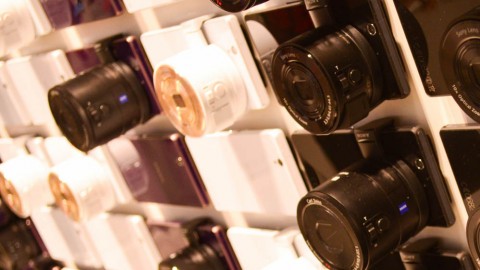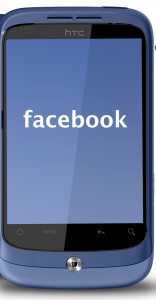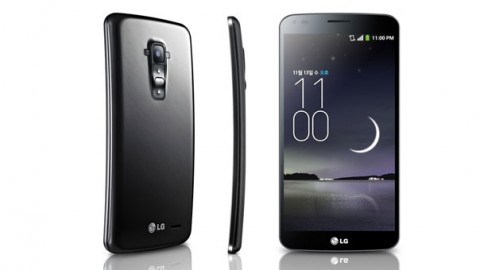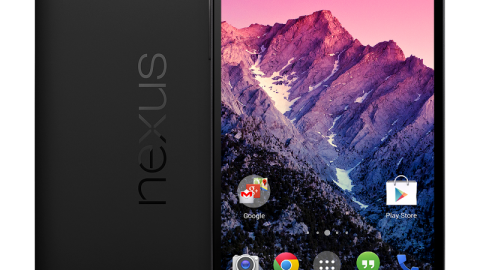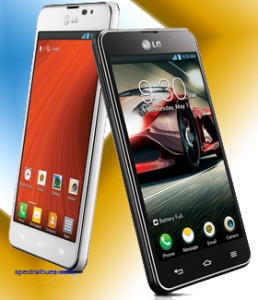So what is Google Glass?
It is a revolutionary device Google has come up with. The glass basically is a wearable computer with an optical head-mounted display.
A touchpad is located on the side of Google Glass, allowing users to control the device by swiping through a timeline-like interface displayed on the screen. Sliding backward shows currentit events, such as weather, and sliding forward shows past events, such as phone calls, photos, circle updates, etc.
Google Glass also has a 5 mega-pixel camera attached that takes photos and records 720p HD video. The screen stays on while you take a video.
The Explorer version of Google Glass uses a Liquid Crystal on Silicon (LCoS), field-sequential color, LED illuminated display.
Technical specification includes:
- Android 4.0.4 and higher
- 640×360 Himax helloHX7309 LCoS display
- 5-megapixel camera, capable of 720p video recording
- Wi-Fi 802.11b/g
- Bluetooth
- 16GB storage (12 GB available)
- Texas Instruments OMAP 4430 SoC 1.2Ghz Dual(ARMv7)
- 682MB RAM
- 3 axis gyroscope
- 3 axis accelerometer
- 3 axis magnetometer (compass)
- Ambient light sensing and proximity sensor
- Bone conduction audio transducer
Google offers a companion Android and iOS app called MyGlass, which allows you to configure and manage your device.
Existing Google Glass applications include Google Now, Google Maps, Google+ and Gmail. Third party applications include Evernote, Skitch, The New York Times and Path.
The glass works with voice actions. You can ask it to ‘Take a picture’, ‘Record a video’, ‘Hangout with (person) or ‘How long is the Brooklyn Bridge’.
As GoogleX is still working on the glass, the product is only available to developers.
The Google glass will also translate languages for you like ‘Translate half a pound in Chinese’…
Let’s check out who are the competitors of Google Glass:
1. Vuzix Smart Glasses M100: It’s a ear mounted hands free device which can be worn on either eye. Its wi-fi&bluetooth feature helps hook up with your android or iOS smartphones. The color WQVGA display basically mirrors your phone’s screen. It also supports GPS, has a built-in head tracker, a microphone and speaker, and a 720p camera for capturing images or videos on the 8GB of flash storage.There is an HD camera in the front that allows you to look at the real world with an augmented reality type setting.
2. Recon Jet: Recon Jet is a natural extension of the company’s Alpine HUD Goggles which would interest outdoor enthusiasts. For a more natural & realistic positioning for the end user, the Jet has put the display on the bottom-right side of the unit. The Jet automatically turns off the display when you look away. The Jet has an easy and smooth navigation with the optical button on the side of the display. It supports the latest Android version making it more impressive. The battery is removable.
3. Telepathy One: Telephathy One Smart Glasses is a Bluetooth usable headset with a micro projector and gives you an image that floats in the right lens of the glasses. The Telepathy One features a sleek, futuristic design that won’t physically touch the user’s face. Yet to be released, little is known about this Google Glass competitor.
4. Meta Glasses:
Meta, was basically out with an idea to add the 3D effect to glasses. This is something that Google Glass does not have;the 3D feature.Meta also allows you to use your hands to interact with the virtual world as well as Wi-Fi and voice control. The Meta system were created from stereoscopic 3D glasses, supplied by Epson, and a 3D camera to track hand movements. They have those magical gesture controls. Meta Glasses founder and CEO, Mr Gribetz, claims that ‘there is no other future of computing other than this technology, which can display information from the real world and control objects with your fingers at low latency and high dexterity. It’s the keyboard and mouse of the future.”
5. Glass Up:
GlassUpis more like a nondescript pair of sunglasses, with a built-in projector that casts images onto a transparent film in front of the wearer’s right eye. It is a read only device where you can see your emails, tweets, Facebook updates and other notifications as they come in. Voice controls and guided navigation are not included in this Google competitor. A $400 version of GlassUp will add a camera to snap pictures and record videos. The device is expected to work with Android and iOS with Windows Phone support coming shortly after its launch.
6. Oculon Smart glasses:
A company called Oculon Optoelectronics have come up with glasses that looks similar to Google Glass. They claim to have a 720p display and a 2,100mAh battery, which would be a significant step up from the current Google Glass specs. Additionally there will be a dual-core Cortex-A9 CPU, a microphone, and Bluetooth, Wi-Fi, and cellular connectivity.
7. OptinventOra-S AR:
A French company called Optinvent has been working on these augmented reality glasses since years now. These can be best used for navigation, messaging, watching video, and gaming. ORA can connect with your computer or smartphone via Wi-Fi. It will also include various sensors, a camera, microphone, and loudspeaker, and Bluetooth connectivity. The company claims that its low cost moulded plastic optical elements make it much cheaper than the other glasses.
8. Epiphany Eyewear:
Epiphany Eyewear isglasses with an HD digital video camera built-in for one-touch recording. They come in 8GB, 16GB or 32GB and there’s a Micro USB plug for recharging and data transfer. It has an interesting electric sunglasses switch that allows you to change the level of tinting.
9. CastAR Gaming Glasses:
These glasses project a miniature virtual reality into the 3D space of the real world. Basically there are two miniature projectors that shoot images to each screen on the glasses. Then active shutter glasses filter the images for each of your eyes, creating a 3D effect. Finally, a camera built into the glasses “sees infrared LEDs positioned around the edges of that projector screen so that the glasses can optically track the exact position of your head.” This allows a game to detect exactly when you move your head and what you’re looking at. Interesting?
10. Olympus Meg 4.0:
Olympus has been trying their hands on the 3D glass arena after a successful take over the camera world. The Olympus MEG 4.0 needs a glasses frame to hang on as it is not a stand alone structure. These 3D glasses connect to your device via bluetooth, but relies on your smartphone to provide the power and internet access.
So now, you have much more to rely on apart from Google Glass. Which one would you choose?
Tags: Google Glass Google Glass features Google Glass price Google Glass price in India Google Glass review Google Glass specifications Google Glass Technical specification

